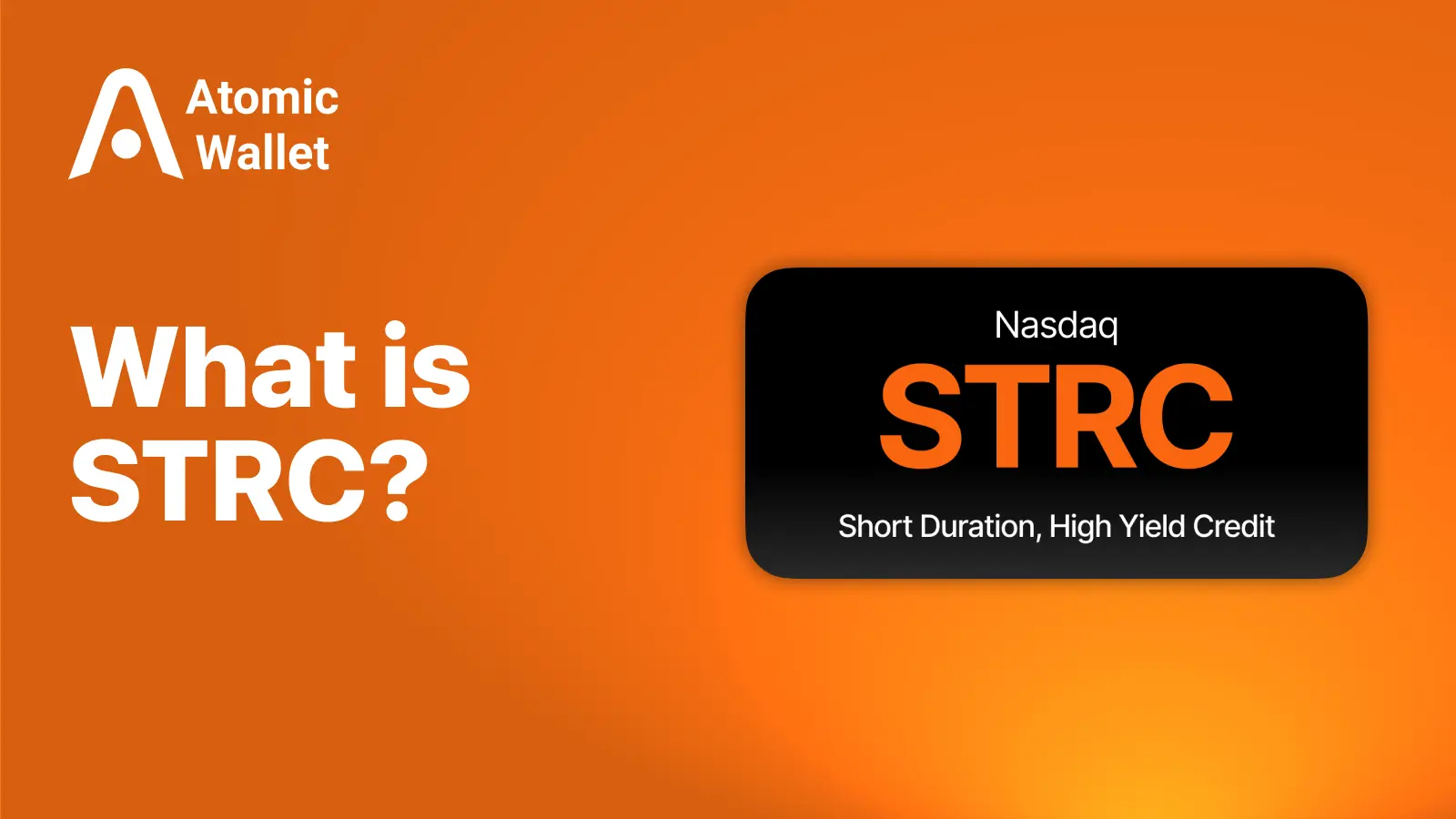Assets

Exchange

Buy Crypto




In the world of public markets, not every ticker symbol represents a standard slice of equity. Some, like STRC, represent sophisticated financial machinery. While you might see $STRC flashing on a trading screen, in many contexts, this ticker refers to a specific, complex instrument: Variable Rate Series A Perpetual “Stretch” Preferred Stock.
Think of it as a hybrid beast—part stock, part bond.
For a crypto-native or modern investor, stumbling upon STRC can be confusing. It doesn’t behave like a standard tech stock. This article cuts through the noise to explain exactly what this instrument is, how the “smart money” analyzes it, and why reading the fine print (the “whitepaper” of TradFi) is non-negotiable.
DYOR The financial world is full of nuance. The information below is for educational purposes only. Always conduct your own research or consult a professional before taking a position in $STRC or similar structured products.
To understand strc stock, you have to stop thinking about “shares” in the traditional sense. When you buy common stock (like Apple or Tesla), you are buying a “moon bag”—you want unlimited upside. STRC, as a preferred security, is designed differently. It is an income vehicle, not a growth token.
It sits in a unique spot in the financial hierarchy. It has priority over common stock (you get paid first), but it sits below debt (bondholders get paid before you).
Here is the breakdown of how STRC (Preferred) differs from the Common Stock you are used to:
In TradFi, the “Capital Stack” is just a fancy term for “who gets paid when things blow up.”
The technical name—Variable Rate Series A Perpetual “Stretch” Preferred Stock—sounds like a mouthful, but it’s actually just a list of features. Let’s decode the syntax:
The yield isn’t fixed. It’s floating. Usually, it’s pegged to a benchmark (like the SOFR rate) plus a specific spread. If the Fed hikes rates, your payout might go up. If rates are cut, your payout drops. It’s a hedge against inflation.
There is no maturity date. Unlike a bond that returns your money after 10 years, this instrument can legally exist forever. The issuer never has to give you your principal back, as long as they keep paying the dividend.
This implies flexibility for the issuer. It usually means they have specific clauses allowing them to “stretch” out the timeline or call (redeem) the shares under favorable conditions. It’s a feature that benefits the company, not you.
The chart shows you the price, but the Prospectus shows you the code. In crypto, you audit the smart contract; in TradFi, you audit the prospectus filed with the SEC.
You don’t need to read every page, but you need to check the critical variables:
When analyzing the $strc filings, hunt for these three things immediately:
How do different players view this asset?
The analyst looks at STRC and ignores the “Current Yield.” Instead, they calculate the Yield-to-Call. They assume the company is rational: if interest rates drop, the company will call the stock to refinance cheaper. The analyst treats this as a capped-upside trade where the goal is simply to collect coupons without getting rug-pulled by a redemption.
Retail often sees a high dividend yield (e.g., “8%”) and hits buy, ignoring the price. If $STRC is trading at $26.00 and the company has the right to redeem it next month for $25.00, the investor is picking up pennies in front of a steamroller. The dividend won’t cover the capital loss if the stock is called.
Before entering a position, run the ticker through this logic gate to understand your rights.
Mastering complex TradFi assets is hard work—securing your crypto shouldn’t be. Download Atomic Wallet for simple, private, and secure asset management.
The STRC ticker is a prime example of why you can’t judge a stock by its symbol. It represents a complex layer of the capital stack—Variable Rate, Perpetual, and Preferred—that offers higher income potential in exchange for capped upside and unique risks.
To trade $STRC successfully, you must think like a credit analyst: respect the “par” value, watch the interest rate environment, and always check the prospectus for the “Call” provisions.
Key Takeaways:
Disclaimer This article is for informational purposes only. Always read the official prospectus supplement and consult a professional before making investment decisions.

Learn how Polygon Bridge works and move Polygon crypto like USDC Polygon between Ethereum and Polygon step by step.